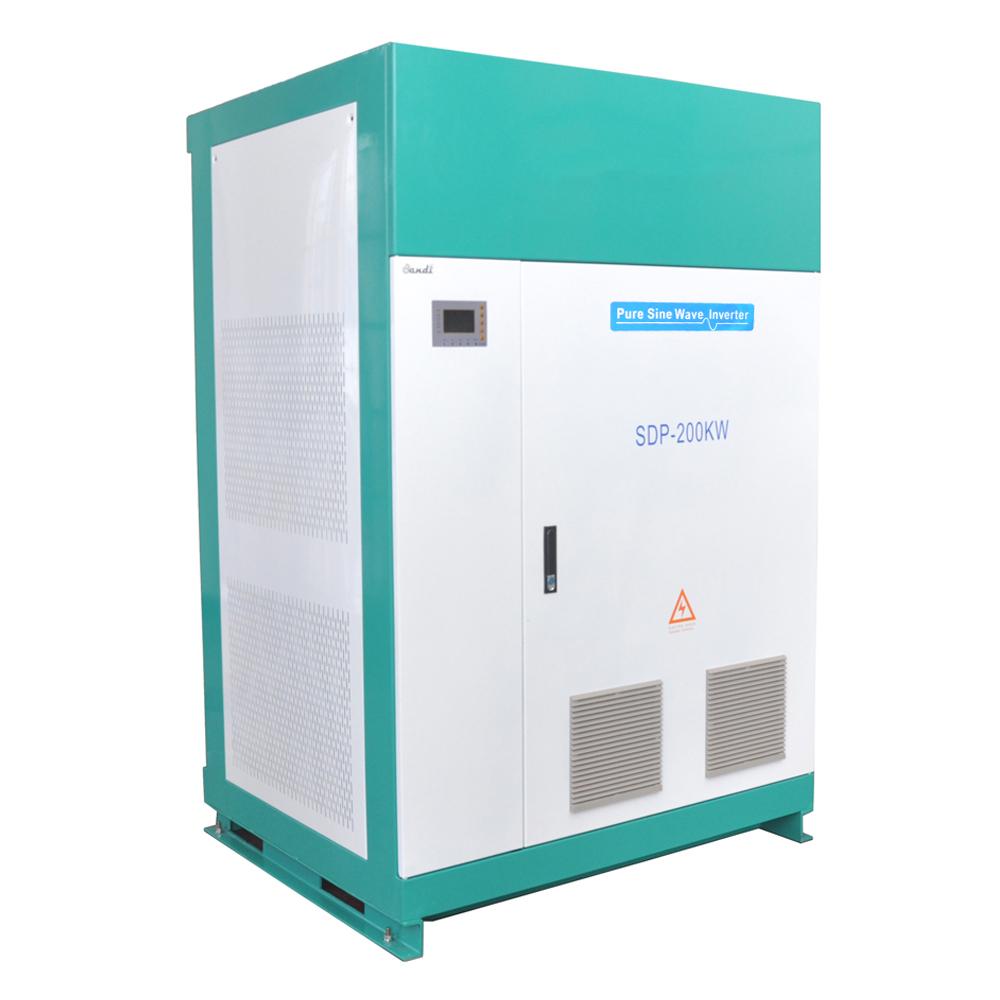KW is the actual power, KVA is the apparent power, and the value of both depends on the power factor and load characteristics of the equipment.
The power unit of an inverter is usually in watts (W), but it can also be expressed in kilowatts (kW), especially for large inverters or solar power plants.
KW and KVA are both power unit, but they have different meanings.
KW (kilowatt) is the unit of power. KW represents active power, i.e., the actual power generated or consumed by a circuit or device. It’s the actual power generated or consumed in a circuit.
KVA (kilovolt-amperes) is the unit of capacity, the KVA (kilovolt-amperes) is the unit of capacity, KVA represents apparent power, i.e., the maximum power that a circuit or device can carry, It’s the product of the required current and voltage in the circuit.
What is power factor?
Power factor is the ratio of real power to apparent power in a circuit, usually expressed by the symbol cosφ (or pf). It is an important parameter that describes the efficiency of energy utilization in a circuit, reflecting the degree of effective utilization of electrical energy in the load.
In an AC circuit, the effective utilization of electrical energy needs to satisfy the proportional relationship between actual power and apparent power. The actual power is the actual power generated or consumed in the circuit, is the power that can be used to do useful work; apparent power is the product of voltage and current in the circuit, is the total power in the circuit.
Therefore, the higher the power factor, the higher the proportion of real power in the circuit, the higher the effective utilization of electrical energy.
The value of power factor ranges from 0 to 1. When the power factor is 1, it means that the energy in the circuit is fully utilized and achieving the best utilization effect.
when the power factor is less than 1, it means that there is a certain amount of energy wasted in the circuit. The smaller the power factor, the more energy waste there is, and the lower the energy efficiency of the circuit.

